You won't believe the one mistake that 90% of job interviewees make—it's costing them dream jobs faster than ever. Are you guilty of it? This tip might change your life!
With the job market evolving rapidly, mastering interview techniques is crucial. Discover why now is the perfect time to refine your approach with these surprisingly effective tips.
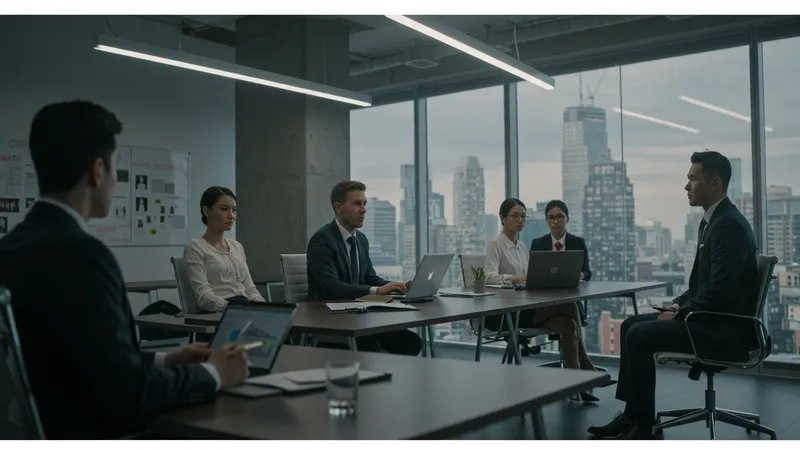
What if the secret to nailing your next interview isn’t about confidence? Recent studies reveal it's much more about subtle cues like body language and voice modulation. A surprising 80% of hiring decisions are subtly influenced by these non-verbal signs. But that's not even the wildest part...
Consider this: a new trend is reshaping interviews worldwide—smart preparation through virtual reality! Imagine practicing your responses while fully immersed in a realistic setting. This futuristic approach prepares candidates like never before, with life-like scenarios enhancing readiness. But the real game-changer is yet to come...
What happens next shocked even the experts—a revelation that could redefine how you view interviews forever. Stay tuned!
Did you know that over 55% of communication during an interview is non-verbal? It’s astonishing how body language can make or break an opportunity. Gestures like eye contact and hand movements convey confidence and reliability, often tipping the scale in your favor. But there’s one more twist—employers pick up on cues unconsciously, making it a hidden art to master.
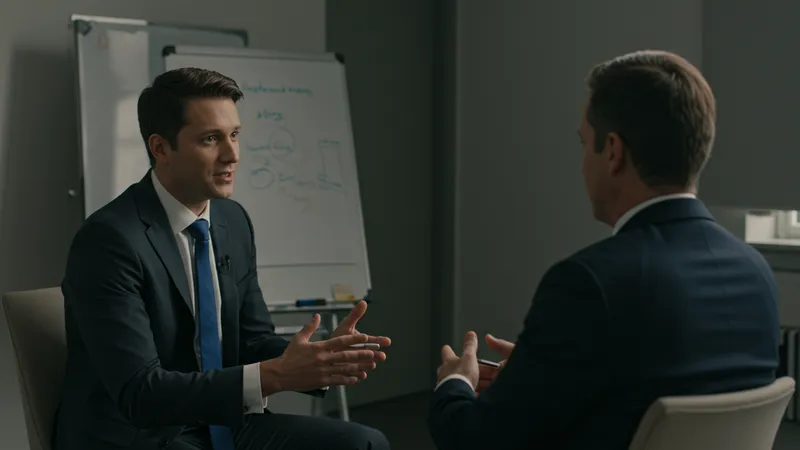
Yet, only a minority focus on these subtle signals, prioritizing verbal preparation over non-verbal finesse. They miss out on optimizing the powerful, silent influencer. Experts emphasize the importance of synchronizing verbal and non-verbal elements to enhance congruence and credibility. But this discourse doesn’t end here—
The practice of refining non-verbal skills has become a cornerstone for professionals seeking to stand out. Dedicated workshops now offer training akin to an acting class, ensuring every nod or lean is purposeful, not passive. It’s a strategic edge in today’s competitive market. Discover how others thrive by harnessing this skillset.
Intriguingly, some claim that mastering non-verbal cues feels like gaining a superpower. What you read next might change how you see this forever—don’t stop here!
Imagine preparing for interviews as if you’re in an interactive video game. Virtual reality takes role-play to the next level, allowing candidates to engage in hyper-realistic interviews. This tech-inspired method boosts confidence and preparedness by simulating diverse scenarios, from board meetings to stress interviews, you're literally in the hot seat!
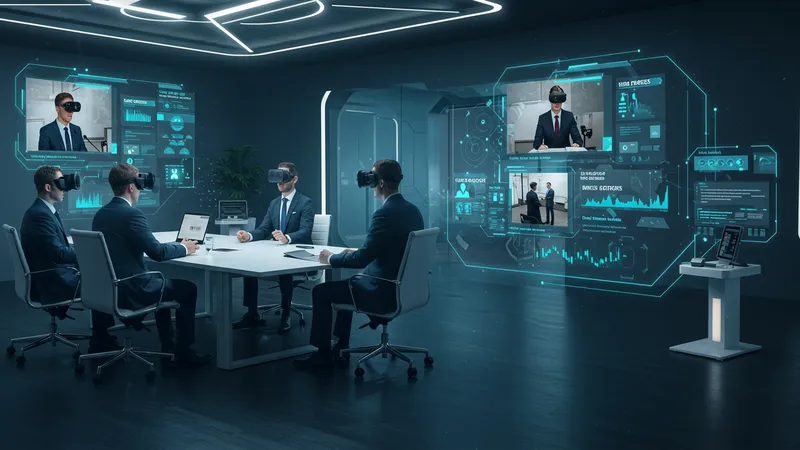
Startups like Practise3D have started offering customizable VR environments for every industry, and it’s revolutionizing the way candidates practice. The fine details, from maintaining posture to delivering answers with poise, can now be honed with precision. Yet, there's more to this innovation than meets the eye—
Despite its advancement, critics argue VR might desensitize candidates from real human interactions. However, early adopters report a 40% increase in successful outcomes during real interviews. The dual-edge of comfort and performance is undeniable. Could this be the practicing tool of the future all along?
VR’s impact on job preparation may just be the beginning. As VR becomes more accessible, what’s next in the evolution of interview prep? Stay curious!
Every candidate has encountered the classic interview question: "Tell me about yourself." Sounds simple, yet it’s a minefield for many. Crafting strategic responses isn’t just about telling your story; it’s shaping it to fit the narrative of the role and the company. A mismatch leaves a lasting negative impression. But let me tell you more—
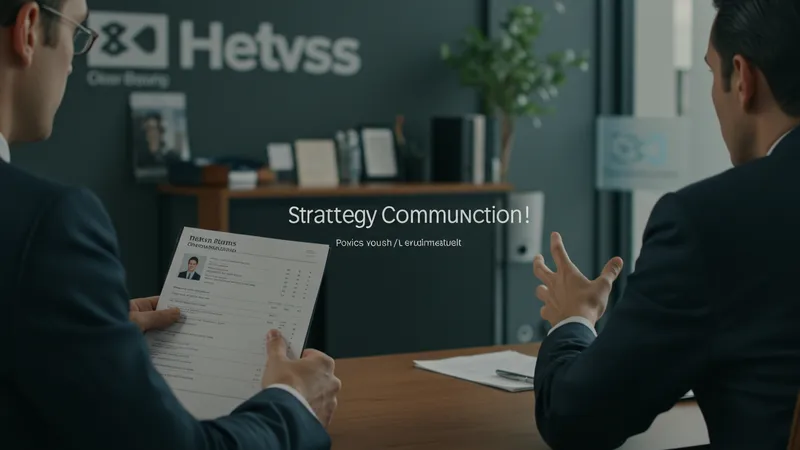
Recent insights suggest that applicants who tailor their responses to mirror company values report more positive outcomes. It’s not just about what you say, but how well you sell the idea of being the ‘perfect fit’. Authenticity blended with a strategic approach works wonders.
Here’s the insider tip: Develop STAR-based answers (Situation, Task, Action, Result) to enhance clarity and impact. It aids in connecting with the interviewer on a deeper level, showcasing problem-solving acumen and adaptability. But could there be an even better structure waiting to disrupt this formula?
The art of narrative crafting seems everlasting, yet unexplored avenues continue to surface. What you’ll discover on the next page might change everything you assumed about answering tough questions.
We've all heard that knowing the company is crucial, but what about understanding the person across the table? A growing trend involves deep research into interviewers, leveraging platforms like LinkedIn and social media to uncover mutual connections or interests. It’s personalization in interviews—your conversation starter could be their favorite topic!
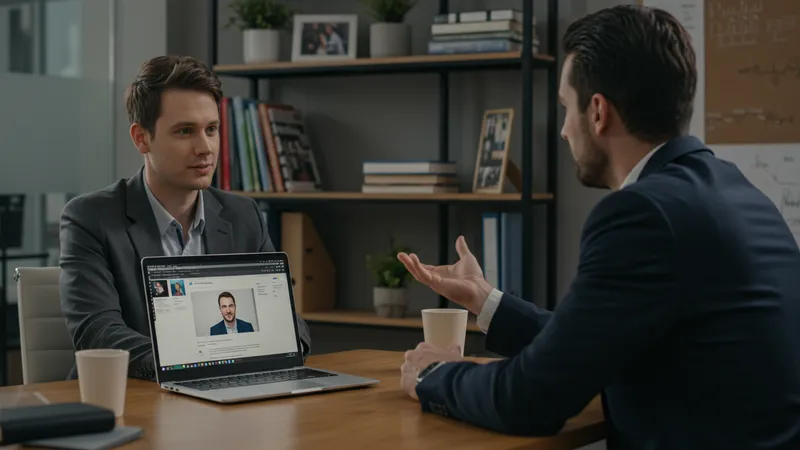
By acknowledging shared interests or achievements, candidates can craft dialogues that resonant personally, not just professionally. This approach isn’t manipulative but tailored to foster genuine interactions. Yet, how many truly adopt this strategy effectively?
Some critics argue it's invasive, but when executed tastefully, it demonstrates thoroughness and enthusiasm. A single shared detail can melt the hardiest professional facades, creating a rapport most can't achieve otherwise. This connection advantage breeds familiarity and trust faster than a stellar resume.
Keep questioning and exploring as personalization takes interviewing to new heights. What’s unveiled next could further streamline this strategy beyond expectations!
Consider this: showcasing vulnerability might be your hidden asset. Conventional wisdom suggests always appearing strong and decisive, yet admitting doubts or learning moments shows authenticity and growth—the traits most modern companies rave about. But here’s the unexpected part—
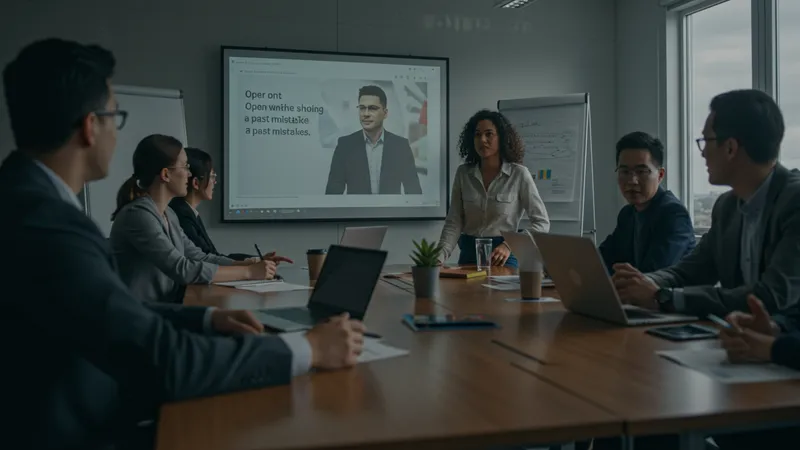
Candidates revealing past failures yet highlighting learnings often experience a 20% higher callback rate. Why? Because it signals maturity and resilience, far more engaging than a perfectly rehearsed profile. Yet, not everyone sees the value instantly.
Honesty invokes empathy and can inspire interviewers to open up, creating a balanced conversation. Authentic dialogue replaces rigid questioning with mutual exploration. Isn't it time to embrace this truth we’ve been avoiding?
The narrative shift toward transparent storytelling continues. Unveil what honesty brings next to the interview table—it might just encourage you to reframe your own experiences.
Not everyone knows this: confidence can backfire when perceived as arrogance. The line is thin and intangible, swaying perceptions before you’re even aware. Successful candidates tread this line with delicacy, using humility as their anchor. But wait, there's a plot twist—

Over 60% of recruiters express discomfort when confidence borders on superiority. Candidates need to demonstrate their abilities humbly—an art balancing prowess and politeness. Yet, isn’t it fascinating how a subtle nod or tone adjustment changes everything?
Building this art involves introspection and feedback loops. Are you too assertive, or do you undersell accomplishments? Practicing through mock interviews or professional coaching can reveal blind spots typically overlooked. The results? Significantly improved interactions and memorable impressions.
Understanding the confidence balance unravels deeper insights. What you find next might redefine your perception of self-assurance entirely.
Behavioral interview questions often spark anxiety. These “tell me about a time when…” prompts demand self-awareness and reflection, unsettling many. Yet, they’re the key determiner of future performance based on past actions. What if I told you there’s a science behind them?
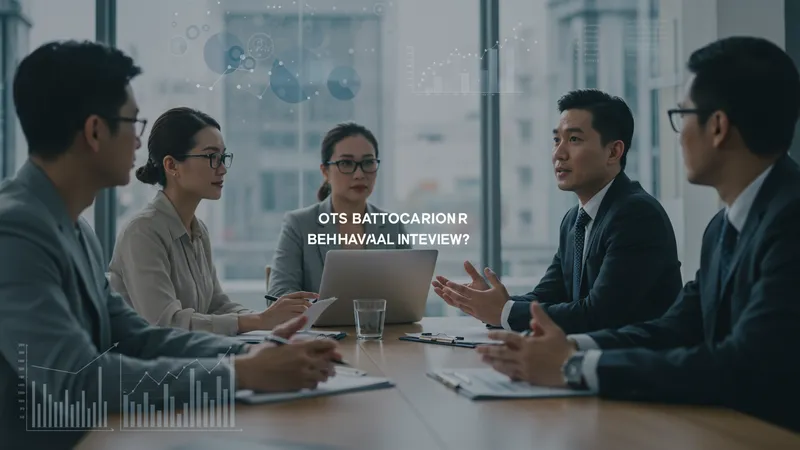
Employers prefer these questions due to their predictive accuracy. Candidates adept at storytelling, who align past experiences with role expectations, tend to stand out. This isn’t merely psychological jargon but a proven framework through analytics and studies.
Crafting narratives with intent offers clear, relatable answers that resonate and stick. And those who delve into authentic self-reflection find answering behavioral questions less daunting over time. Ready to know the insider’s secret to mastering them?
Unlock the science of behavioral questioning—what comes next will arm you with techniques to turn your stories into strategic revelations.
The interview might end with a handshake, but your impression lingers far beyond. Proper follow-up etiquette signifies professionalism, often setting successful candidates apart. It’s an element most overlook, but those who master it often seem to secure their spots effortlessly.
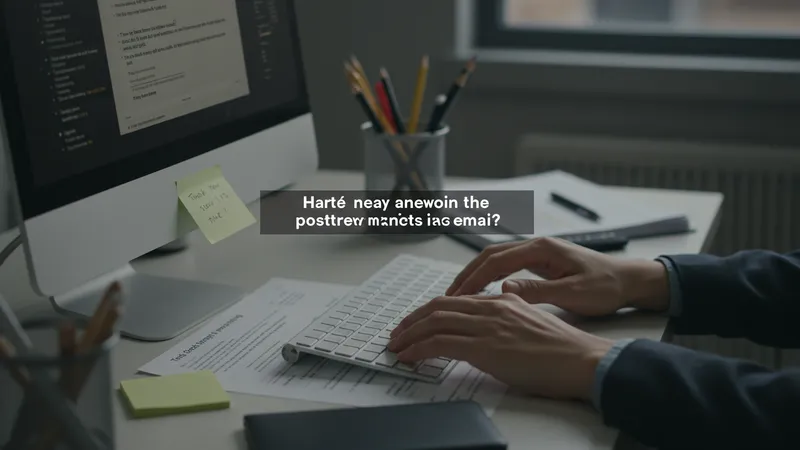
A genuine follow-up email, respectfully concise yet appreciative, leaves an indelible mark. In fact, a study shows that a well-crafted thank-you note can boost chances by up to 30%. The twist? Most candidates underestimate its impact.
Time your follow-up perfectly—within 24 hours, ideally—and personalize it with insights gathered during the meeting. This not only refreshes your connection but also reinforces your interest and fits. Discover how follow-ups transform candidates from potential to inevitable choices.
The following pages unveil practical tips to refine your post-interview correspondences—step into the underestimated realm of post-interview mastery now!
Are you ready for surprise group interviews or on-the-spot problem-solving? Companies increasingly use unconventional styles to assess adaptability and genuine skills under pressure. You might not be prepared for what lies ahead but embracing unpredictability opens new doors.
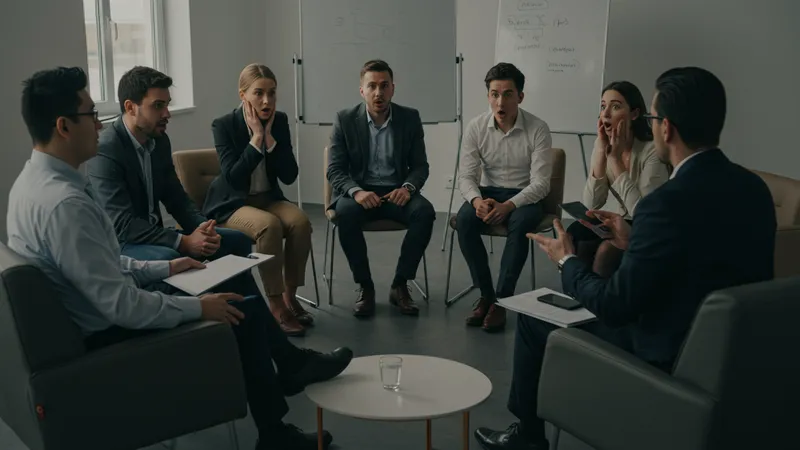
These settings initially catch candidates off-guard yet offer raw glimpses into real capabilities, moving beyond scripted dialogues. Responding with authenticity rather than rehearsed narratives exemplifies true adaptability—an invaluable trait.
The unexpected turns aren’t just hurdles but chances to shine brightly. Candidates thrive by maintaining composure and thinking swiftly, qualities recruiters cherish. Keen to know how to prepare for such unpredictable encounters?
Step into the sphere of unconventional interviews. Understanding them equips you for almost anything—and what lies next reveals strategies to transform surprise into opportunity.
Companies prioritize culture fit over skills, unveiling another dimension of interviewing—examining whether candidates align with organizational values and ethos. Dismiss it at your peril, as aligning with a company’s mission can tip the balance unexpectedly.
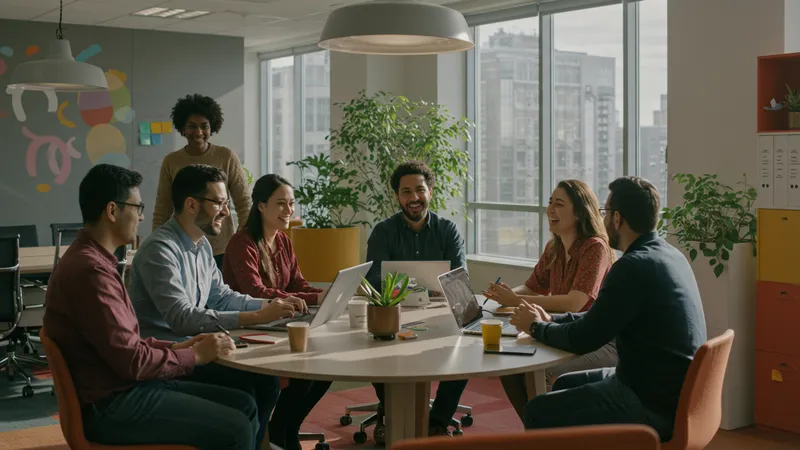
It’s not all about competencies. Emphasizing shared values fosters genuine connections and belonging—traits improving team dynamics and satisfaction. How will you demonstrate your suitability for their culture? That key question looms every step.
Successful candidates craft narratives that align career goals with company missions seamlessly, continuously valuing internal culture reflection. Dive into methods that portray not just what you can do but who you are.
Culture fit interviews unveil unexplored paths to job satisfaction. What you’ll read next delves deeper into aligning personal and professional values—how long can you resist unlocking those secrets?
First impressions are instantaneous—our attire sends subliminal messages before words are spoken. Dressing appropriately aligns your external portrayal with the environment, subtly tipping the scale in your favor. Defy norms at your peril; most still cloud dressing judgment with style over statement.

Research shows 70% of employers count presentation as influential, yet the real mastery lies in balancing personal touch with professionalism. How does one blend both without overshadowing? Uncovering this balance isn’t as straightforward as it seems.
Embrace attire as an art, where understanding the company’s dress code reveals unspoken expectations. Synchronizing with such harmony enhances your credibility effortlessly. Now, curious to know how dressing can silently solidify impressions?
Unveil what those ins-and-outs entail as the next page opens a discussion into refining your style signal—without losing authenticity.
Nervousness is as human as breathing. However, it doesn’t have to undermine your preparations. High-performing candidates tame anxiety with techniques that align body and mind, turning nerves into performance fuel. Sounds intriguing, right?
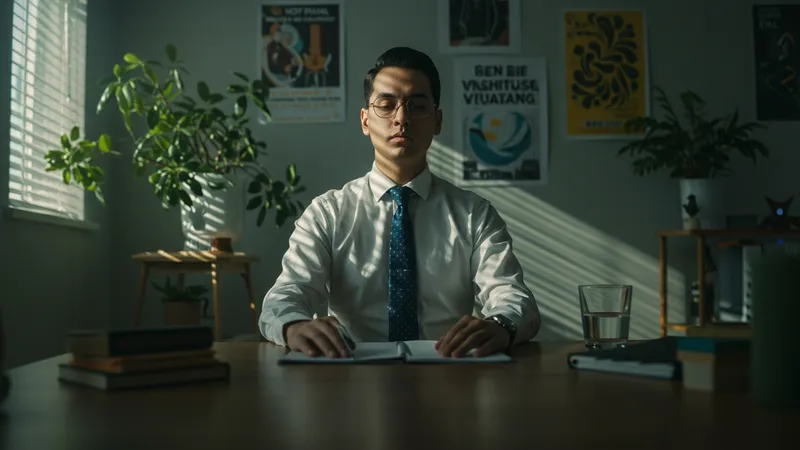
Employers often anticipate nerves but admire composure handled gracefully. Visualize your success; studies reveal the power of imagination reduces stress by 30%. Is it time to rehearse not just verbally but mentally?
Practical exercises, mixed with mindfulness, cultivate resilience before and during interviews. Understand the psychology behind it and channel those nerves positively. The transformation might just surprise you next.
Acknowledging nervous tendencies reshapes your approach—what’s revealed next might aid conquering anxiety, ensuring your best self shines through genuinely.
It’s not solely about decisions. Evaluating the interview process itself offers insights into personal growth and uncovering organizational dynamics, refining what works. Few candidates revisit their performance post-interview constructively. Isn’t there more to gain than a simple yes or no?

Analyzing your strengths and improvement areas enhances readiness for future placements. Keeping an interview journal isn’t just retrospective; it prepares proactively. Ready to develop a feedback loop that furthers personal and professional evolution?
The cycle of continuous refinement shouldn’t end; it empowers transformation from every experience. Learning never stops—neither should reviews. Could this habit change the trajectory of your career motions?
Unravel practical steps to assess and elevate in the upcoming sections. How far you progress next might redefine continuous improvement as something legitimately groundbreaking.
Interview tips aren’t just about landing the job—they’re tools for growth, self-awareness, and enduring success. From mastering non-verbal cues to post-interview reflections, the insights uncovered offer profound reflections and strategies that shape not just careers but personal journeys. What’s a greater takeaway than understanding yourself in the endless quest for mastery?
Embrace these insights and feel empowered to share your newfound skills. Encourage others in your circle to explore their potential. Bookmark, share, and revisit these strategies—your future self will thank you.